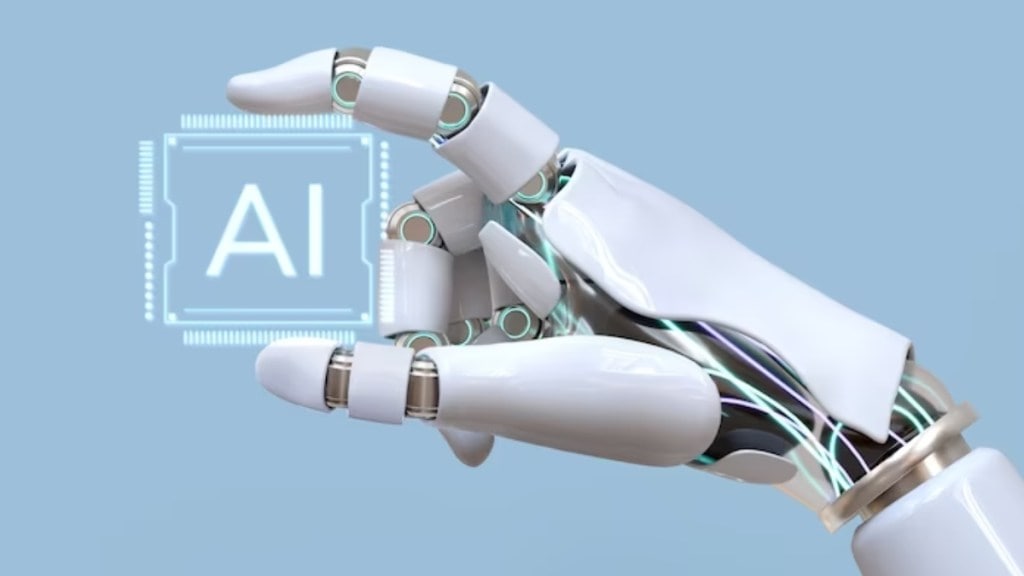By Prasenjit Kundu
Emerging Artificial intelligence (AI) and Machine Learning (ML) applications have immense possibilities to reshape the future of Indian higher education. As per AISHE’s latest report, nearly 4.13 crores students are enrolled in various higher education courses through 56,205 different Universities, colleges, and stand alone institutions every year which itself reflects the need to streamline the functionalities of the education system for making enrolled students job-ready.
In this article, a brief of some emerging AI tools and techniques are discussed from the academic and educational administrative viewpoint with their threats and possible recommendation for adaptation for fine-tuning higher education through an effective pedagogical approach in the future.
AI and machine learning models primarily work on data through algometric approaches which are certainly beneficial for capturing, storing, and organizing large-scale student admission and registration processes for higher studies institutions. Preparing various live reports through AI dashboards for affiliation and accreditations for academic administrative viewpoints is now easy with AI platforms which will help for better educational planning, strategies adaptation, and decision-making for academic administrators.
Predictive machine learning methods have the capability to a broad range of administrative duties supporting instruction, including matters such as need-based curriculum development, evaluating quality and methods of instruction, researching and recommending new programs and/or revisions to existing programs, establishing and maintaining academic standards and degree requirements, accreditation matters, course scheduling and space allocation, program marketing and skill sets based placement assistance mapping.
From teaching and learning viewpoints, various AI-supported tools may be adapted for effective and personalised learning experiences. The use of interactive multidimensional Augmented Reality (AR)/Virtual Reality (VR) models helps teachers to engage students in learning about a complex topic through visualization. An AI Element451 tool uses behavioral data to rate students’ potential for success. Education Copilot provides generated templates for lesson plans, writing prompts, educational handouts, student reports, and project outlines. Curipods will generate an interactive slide deck including polls. ChatGPT and Perplexity are generative AI chatbots that interact conversationally. Google Scholar and Endnote tools for researchers help share multidimensional research with peers easily.
Threats and Perils
Though, emerging AI and ML applications have numerous benefits for various stakeholders of higher education systems, but they have many perils such as ethical and legal considerations, data privacy and protection issues, financial overheads to implement AI & ML based tools in higher education’s institutions, etc. The adoption of AI and ML applications leads to lack of provisions for students to think critically and increases their reliance on technology.
In short, educational administrators and policymakers should embrace the hidden promises of AI and ML applications for effective, personalizing, and lifelong teaching-learning experiences through suitable adaptation. It is expected that higher education institutions must create a framework for the ethical governance of AI by integrating emerging technological applications and competencies into the curriculum. Such adaptation initially would require substantial allocation and deployment of funds, but, planned approach could definitely bring a revolution in the teaching-learning process within the higher education space.
The extent to which AI and ML applications are still in a natal considering the potential impact it can have on the education system. In fact, National Education Policy, 2020 envisions creating an autonomous body, the National Educational Technology Forum (NETF), to encourage idea sharing on the use of emerging technologies to enhance learning, assessment, planning, administration and so on, within the Higher Education system.
Time will only manifest and unravel the immense potential that could make the teaching-learning process in India highly adaptive, interactive, engaging and far reaching. The policy frameworks would be the most critical component in harnessing the full potential of AI and ML and redefining the future of higher education in India.
The author is associate professor of Business Analytics at Army Institute of Management, Kolkata. Views are personal.
